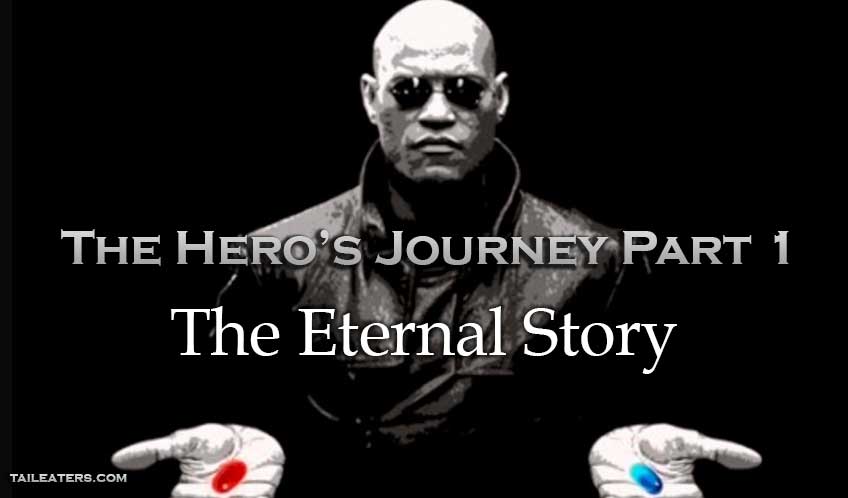
The Hero’s Journey Part 1 – The Eternal Story
“Whether we listen with aloof amusement to the dreamlike mumbo jumbo of some red-eyed witch doctor of the Congo, or read with cultivated rapture thin translations from the sonnets of the mystic Lao-tse; now and again crack the hard nutshell of an argument of Aquinas, catch suddenly the shining meaning of a bizarre Eskimo fairy tale: it will always be the one, shape-shifting yet marvelously constant story, together with a challengingly persistent suggestion of more remaining to be experienced than will ever be known or told.” – Joseph Campbell, The Hero with a Thousand Faces
“It goes without saying that the most difficult thing in the warriors’ path is to make the assemblage point move. That movement is the completion of the warriors’ quest. To go on from there is another quest; it is the seers’ quest proper.” – don Juan, The Fire from Within
“After this, there is no turning back. You take the blue pill—the story ends, you wake up in your bed and believe whatever you want to believe. You take the red pill—you stay in Wonderland, and I show you how deep the rabbit hole goes. Remember: all I’m offering is the truth.” – Morpheus, The Matrix
In all quotes, in their own respective ways, Campbell and Castaneda and Morpheus speak to the oldest idea, oldest story in human consciousness. The Hero’s Journey is the serpent which eats its own tail and is reborn, a transformative method for finding personal meaning through death of rebirth of one’s identity; simple in its concept and ubiquity, infinitely complex in its implications. The Hero’s Journey is about teaching people to unify Spirit and Matter as the two brain hemispheres within the mind. By unifying we stop thinking so much about doing and simply do, stop worrying about have been or what could be and be immersed in becoming.
Unifying the brain is like living less trapped within the mind as we take creative and problem-solving brilliance into action through the body to manifest and create reality, rather than think about doing so. This transition means stilling the ocean of brilliant ideas coupled with emotion and logic, which otherwise seem to swimming around our mind’s chaotic ocean, and bringing them out through the body. This enables actualizing human potential, discovering the elusive personal purpose of existence in the seeming meaninglessness of the material world. How far that potential reaches, how deep that meaning goes, is anyone’s guess. But the great myths, stories, and our modern day interpretations of our own lives as the Hero’s Journey all make clear that human potential is far greater than most of us can know.
The Hero, in all great tales, always seems a simpleton, starting from lowly beginnings: meek, poor, simple. Perhaps a dust farmer; apprentice, beggar, hobbit–a bear that eats too much honey.
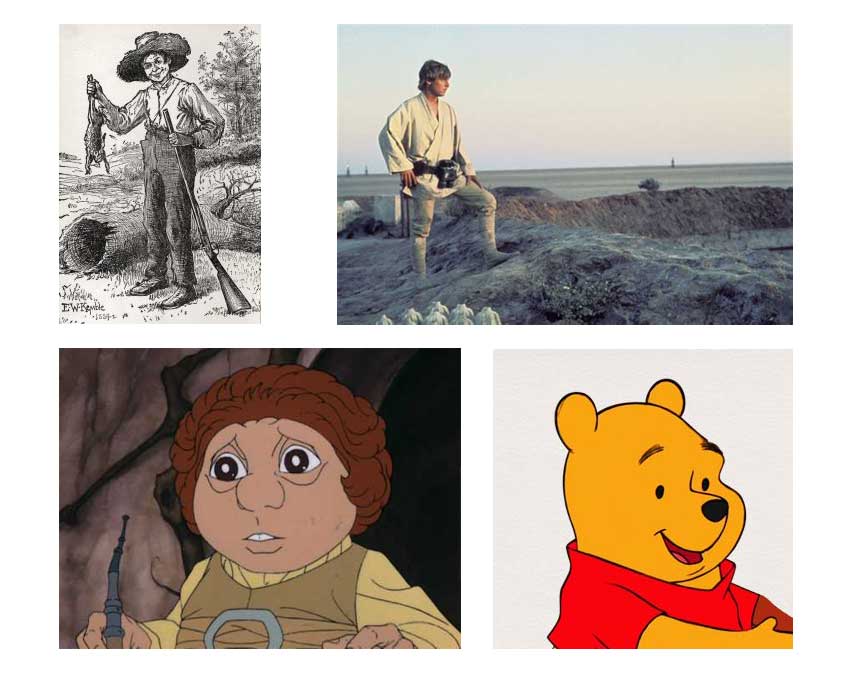
From a feeling inside they were destined for something more or the continual intervention of supernatural forces, The Hero leaves home, always unsure of themselves but taking a leap of faith.
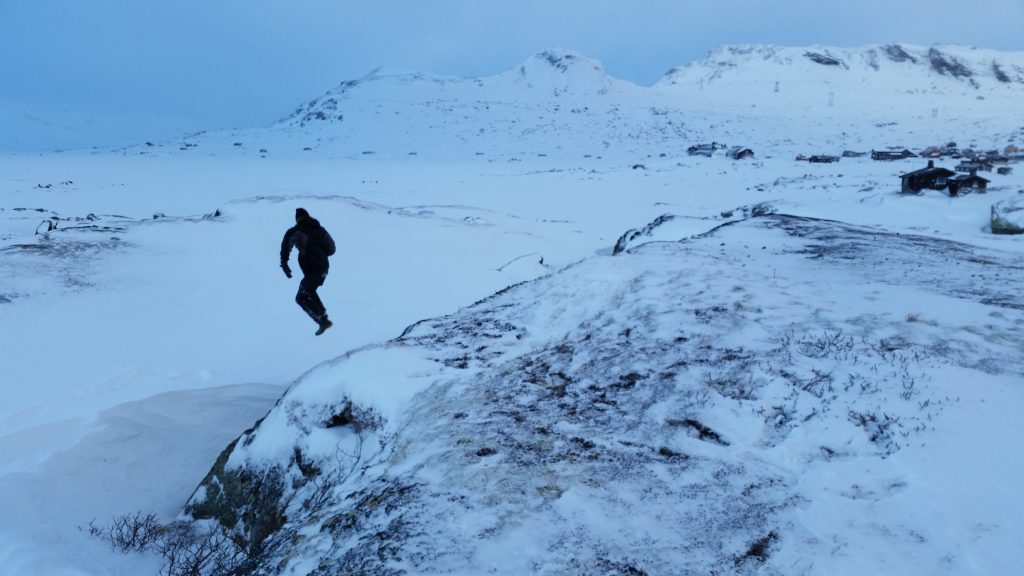
As the hero adventures both outward and inward, they undertake many challenges, fight monsters of both the material world and the mind’s symbolism and always, at least in those greatest of tales which resonate across time and never leave our collective cultural consciousness, returns to transform the Hero’s own world.
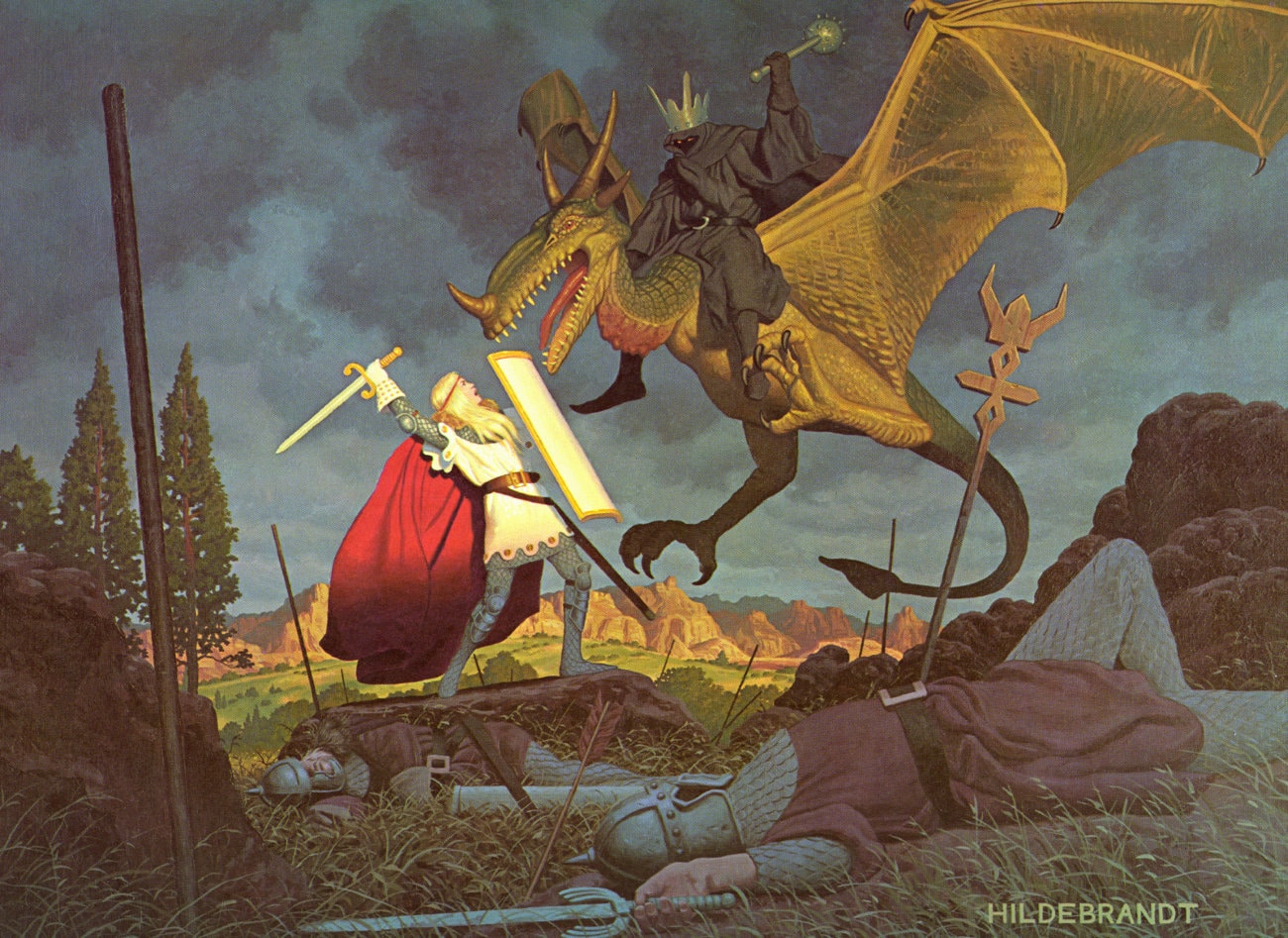
The Hero’s Journey is a shared human story found throughout all mythologies, stories, narratives, spiritual beliefs, in numerous stories of the Bible and Quran and Torah—in everything created by humans to tell tales and teach lessons. The Hero’s Journey crosses all cultural boundaries and links something common to all humans: our shared underlying unconscious, the universal human language of symbolism, the psychological unity of humaity. It relates a common process of becoming that all humans undertake by nature of our existing in this consciousness, this human life, and is an antidote to the suffering of the material world we’ve created and which we are led through as on an escalator through life.
It begins with a call to adventure, something in the unknown world appearing and beckoning us forward. Perhaps this is an exotic land without or a mystery bubbling from within, a vocation or calling or sense of some higher purpose; or a spirit from a vision or dream world, some reason for being born and having traveled so far in this life to where we are now carrying us forward. For others it may be an answer that came from a prayer, a well-traveled spiritual discipline, a personal quest of self-improvement or purification of the soul.
The Hero’s Journey reaches its successful end with the Hero, having battled monsters and demons and rescued their soul to become a more whole being, capable of living and freely navigating between the two worlds of Spirit and Matter, unifying with consciousness, shares the knowledge learned and the treasure found in the unknown spiritual subjective world with the known, material world, to heal both the Hero and the being of others. As don Juan states, however, the Journey from there only keeps going onward; now as someone who utilizes and shares their truth as others take their Hero’s Journey, live their truth.
Joseph Campbell
“The mythological hero, setting forth from his common-day hut or castle, is lured, carried away, or else voluntarily proceeds, to the threshold of adventure. There he encounters a shadow presence that guards the passage. The hero may defeat or conciliate this power and go alive into the kingdom of the dark (brother-battle, dragon battle; offering, charm), or be slain by the opponent and descend in death (dismemberment, crucifixion). Beyond the threshold, then, the hero journeys through a world of unfamiliar yet strangely intimate forces, some of which severely threaten him (tests), some of which give magical aid (helpers). When he arrives at the nadir of the mythological round, he undergoes a supreme ordeal and gains his reward. The triumph may be represented as the hero’s sexual union with the goddess-mother of the world (sacred marriage), his recognition by the father-creator (father atonement), his own divinization (apotheosis), or again—if the powers have remained unfriendly to him—his theft of the boon he came to gain (bride-theft, fire-theft); intrinsically it is an expansion of consciousness and therewith of being (illumination, transfiguration, freedom). The final work is that of the return. If the powers have blessed the hero, he now sets forth under their protection (emissary); if not, he flees and is pursued (transformation flight, obstacle flight). At the return threshold the transcendental powers must remain behind; the hero re-emerges from the kingdom of dread (return, resurrection). The boon that he brings restores the world (elixir).” — Joseph Campbell, The Hero with a Thousand Faces
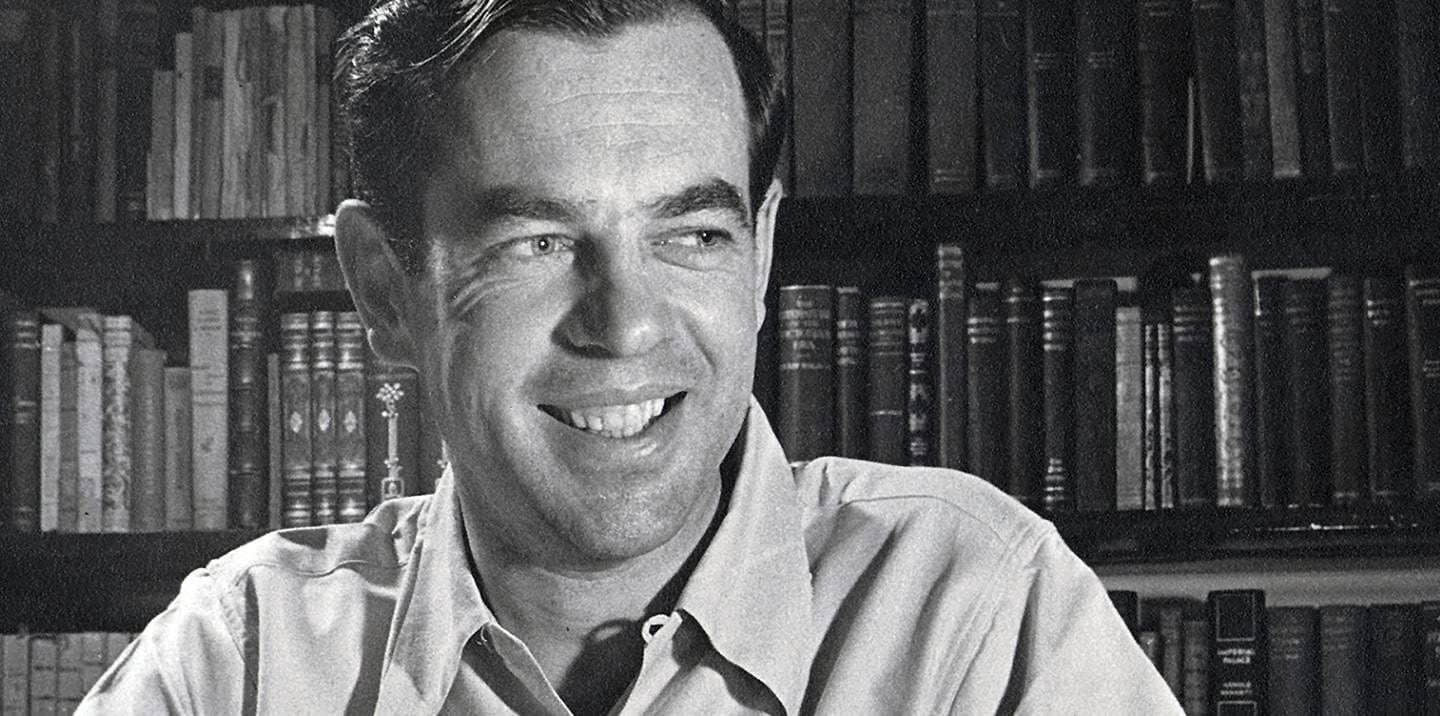
Joseph Campbell, through his seminal work The Hero with a Thousand Faces and numerous other books comparing humanity’s stories and songs and sagas to one another, sought to share the message of The Hero’s Journey as an idea to transform the Western World’s growing absence of personal meaning. Although Campbell’s name is intricately linked with this shared human story’s name Joseph merely described a process that has been told and retold since humans started speaking, the stories themselves masks all showing different faces of the Hero’s Journey of the human soul through life.
Free Will
The story can end however we wish it to, the choice proving that our free will exists.
Free will is the choice between burning our light of consciousness brighter or letting it slumber into darkness. Perhaps these are more fundamental conceptions of Good or Evil founded in personal morality than the childish notions of right or wrong. Or perhaps it can be called positive or negative energy, Love or Hate. But regardless of what they are called, the choice in life is always two-fold, to live our purpose or refuse to live it through refusal of the call. We can heed the Hero’s Journey, take up the call and bear our suffering, carry our Cross, or refuse it by never looking at the Shadow staring back, the aspect of ourselves we cannot see in a mirror. To take the Hero’s Journey, is to face our Shadow.
If there is a purpose to life, the clearest form of it lies in either raising or depleting our consciousness.
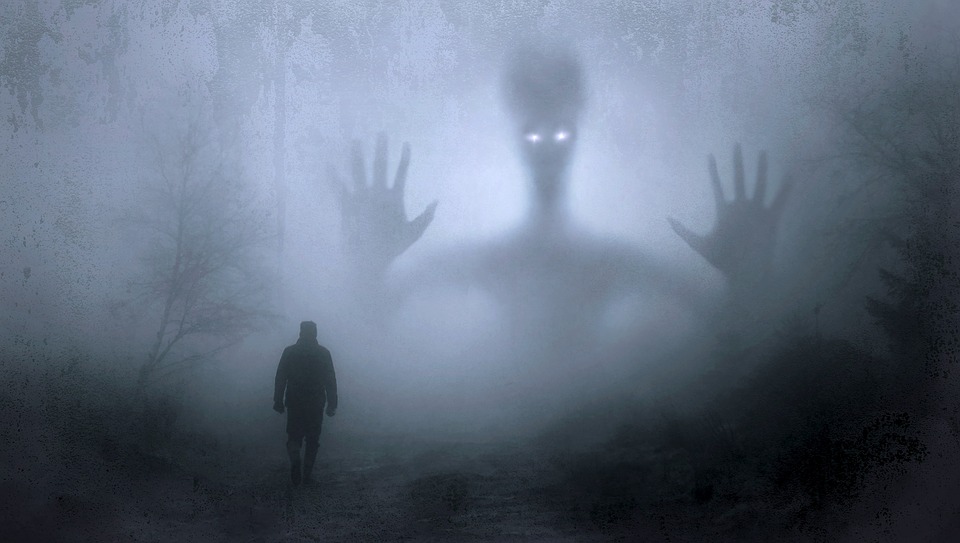
Heroes of Old
Although the steps at the beginning and end sound truly exciting, it is on the path in-between the journey, not the destination, which holds the true challenge. This is in a sense the truest, most challenging—and rewarding—task we can undertake in our lives. To live our story to its end is the opportunity for any of our lives, in very real manifestable ways, to transform into our own version of the age-old Hero. Hero transformation is very real, objectively real for our lives and not just symbolically real—Campbell, Jung, Jesus, the Buddha, don Juan, Dante, Ghandi, they all experienced this transformation themselves and sought to share it with others.
Campbell and Jung knew this deeper truth of the Hero’s Journey, and its a truth now lost and further denied by modern society’s suffocation of man’s inner Spirit. It is also lost since our myths and legends have long been relegated to archaic symbols now without meaning. Rather, we put myths and symbols to history and scientific scrutiny, through which their meaning of how life is meant to be lived fades to dust. And from these real life heroes’ lessons and lives, anyone can learn to become a Hero who creates, moving from the entrapment of the Mind to the actualization of the Body, from logical and enveloping emotions to the world of dreams, creativity and human spirit; away from endless suffering to a world filled with sensations, pain, and every other feeling of ecstasy we can experience at any time once outside of this mind, the most escape-proof prison imaginable.
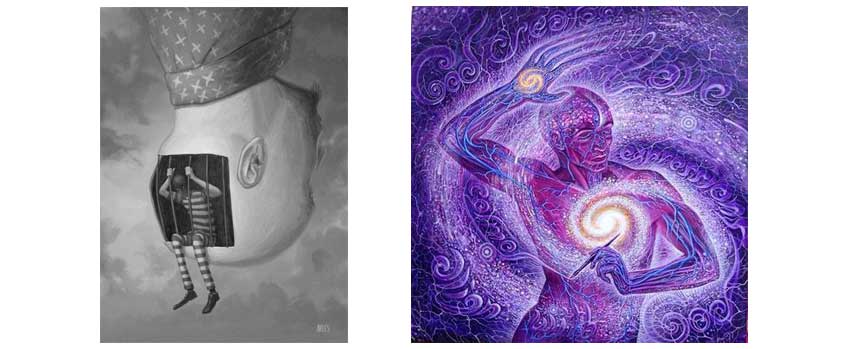 .
.
Like the Hero’s Journey of myth, Joseph’s personal Hero’s Journey contains all of the same elements, showing us the potential in real terms. Joseph’s own story, as we will see, shows taking the Hero’s Journey has very real implications for our lives. By pursuing his calling, his Hero’s Journey, from a young man onwards, Joseph discovered himself through reading myths and then channeling those towards creativity.
The Hero transformed becomes a kind of healer by healing themselves, and Joseph dedicated his life to healing others by learning to write beautifully and consequently sharing his trove of knowledge with the world. In so doing he transformed it in real ways by affecting the lives of many who read his work to find further meaning and purpose in their own lives. The transformation of his Hero’s Journey, then, led directly to the creation of many books outlining to the world the Hero’s Journey. Joseph and other heroes show us that the Hero, as a healer of themselves is a healer of the mind that utilizes great psychological energy dormant within everyone, not the physical Hero we have always romanticized. This wounded healer, in understanding themselves, heals others through unconditional love sent outwards.
The Hero of myth is a living Hero.
The Hero’s Journey as a Personal Quest
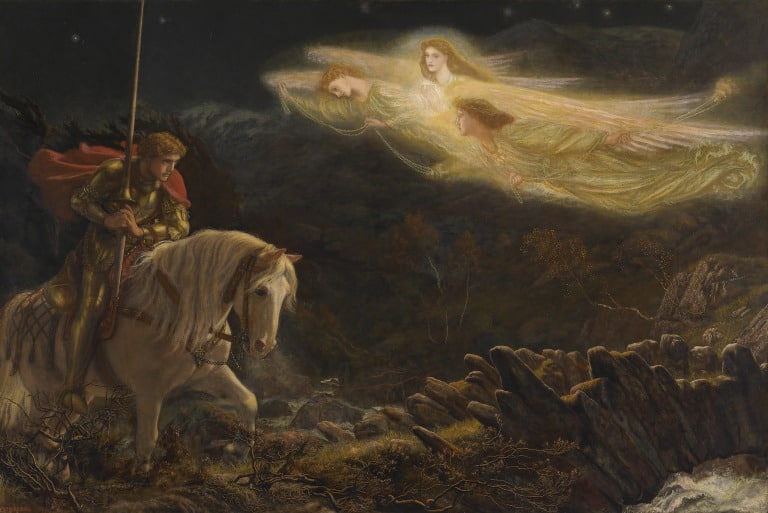
I came to writing an interpretation of this oldest human story by not a too different path from Campbell; although the steps had different characteristics, the pattern has been the same thus far in my Journey–and I am nowhere near completion or having figured it out. In essence, though, mine has also been figuring various parts out, interpreting them through myths, learning how to go along with my Hero’s Journey.
However, I am also motivated by the monsters that I have tended to run from, stemming from horrifically negative visions of the future we are entering into. Unchecked technological change wreaks havoc on our culture beyond anyone’s ability to keep up, and the speed of its control is growing faster and faster. In my seeing, this monster sucks the soul of many around us, of the entire world literally in the consumption of nature to feed an insatiable machine, as an evil spirit occupying and controlling millions, now billions—lost in Facebook’s/Reddit/social media’s algorithm feeds showing that which comforts rather than challenges, in compulsively checking emails, in ego-centric Youtube videos, and the constant need to check the news, to be aware of the day’s events at all times.
In this most modern of symbols of everyday present existence, the dual light and dark is seen too, technology’s capacity as a tool for self-actualization and for great destruction. Technology, when used appropriately, is a powerful communicative and learning tool, but doing so requires a persistence of willpower that the algorithms have been constructed to break down, to keep us in a constant loop of scrolling through the feed. Artificial Intelligence’s steady march seems to prophesies an existential danger of our world being turned upside from organic into inorganic, the robots using all materials to continually rebuild and advance, like the Borg of Star Trek.
Climate change, a byproduct of technological advancement, threatens to change nature so rapidly beyond human capacity to respond. Mutually-assured destruction comes from nuclear weapons. The decadence of common decency in the United States is seen in our political fissures, growing wider still, in people who do not acknowledge each other’s basic existence in the street through a hello or brief eye contact, in sister turning against sister, brother against brother, friend against friend.
And who can know what comes next, what soon to be discovered dangerous creation of man’s mind will herald the next apocalypse of expected doom, or even the true apocalypse? This age we are in and entering, it sounds like a dark one.
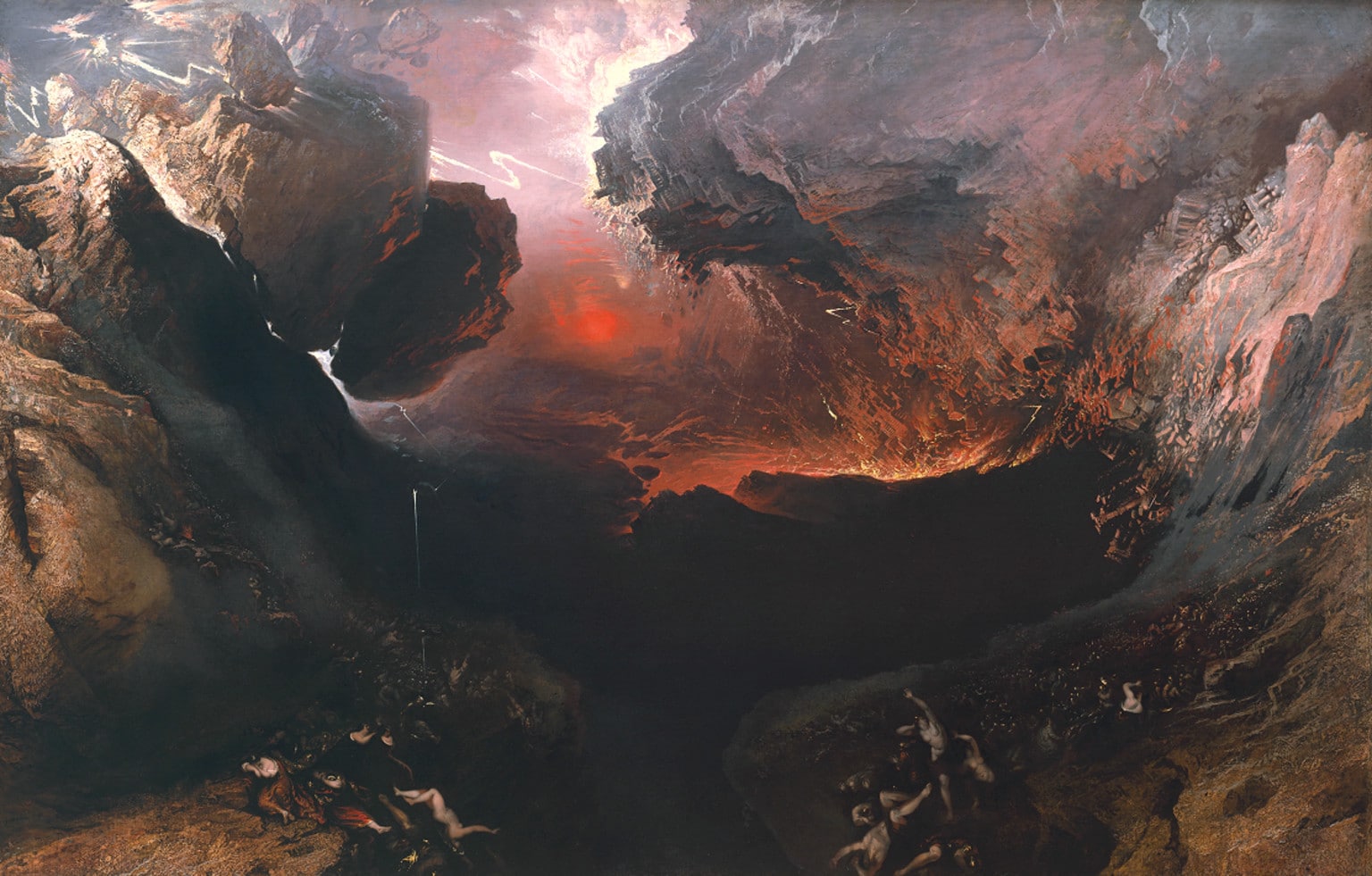
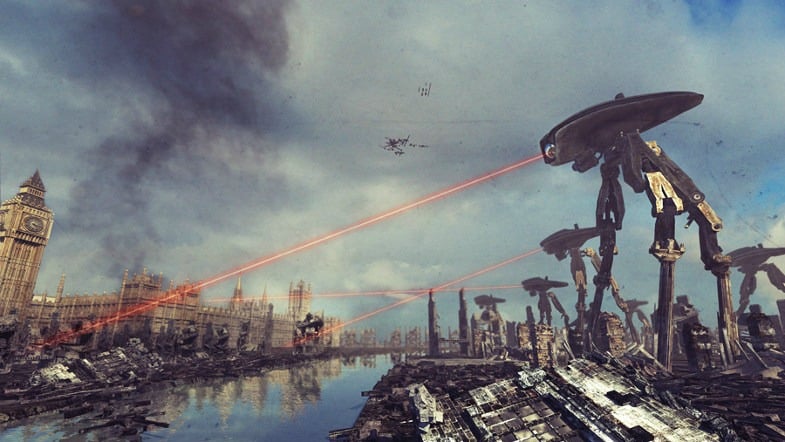
A Dark Age
“When the rivers and air are polluted, when families and nations are at war, when homeless wanderers fill the highways, these are the traditional signs of a dark age.” – Pema Chodron, When Things Fall Apart: Heart Advice for Difficult Times
If my visions of the future seem subjective or overly negative, perhaps it’s because they press some part of your ego, a reflection you don’t want to see, or perhaps it is because they are nonsense to anyone but me, only sensible within my subjective worldview. We can only live our truth, however, whether or not anyone listens; preaching one’s craziness to others while constantly being aware that others may in fact truly believe we are crazy. Living our truth is endemic to taking the Hero’s Journey.
My truth is that, symbolically, the monster of our time comes from uncontrolled, improper use of technology which, with rampant materialism/consumerism, are catastrophic to our world and spiritual lives of meaning, the source of much modern suffering. Your symbolic truth of internal monsters and what represents our world’s greatest monsters may be different than mine, and holding onto this idea is the most important take-away from the Hero’s Journey.
Regardless of my view, certainly we all have room to grow, to become more caring partners and family members and citizens; the Hero’s Journey is a process where we, in healing ourselves, can heal a thousand others, ten thousand even, and those ten thousand can heal ten thousand more. Ideas spread like fire, and living our truth enables this spreading to others as we radiate unconditional love. The Hero’s Journey represents in a literal sense then, “A New Hope,” as George Lucas termed it, to save man from his destructive nature. We have only to learn the symbols, apply them to our life, and listen to the inner meaning that is available to everyone, through the feelings that come from having a private personal conversation.
Transforming Identity Through The Hero’s Journey
As heard repeatedly through the inescapable endless new cycle, there is tremendous scorn placed upon men in the modern public square, the digital public square, at the damage men wreak upon each other and women; in our world, whether stated explicitly or left for us to surmise, men are blamed for the overwhelming majority of the world’s pain. With the public conversation oriented entirely on blame and shame, nobody in our world talks of how to help men; reacting only to the many forms of hate men manifest upon others through punishing them further. The Hero’s Journey is a process both women and men undertake. But as a personal interest, the Hero’s Journey as quest to make sense of our story and live with purpose allows means living our truth and manifesting love and creativity. And can be a catalyst for the many damaged men of our world to heal, transforming a broken masculinity through spiritual transformation.
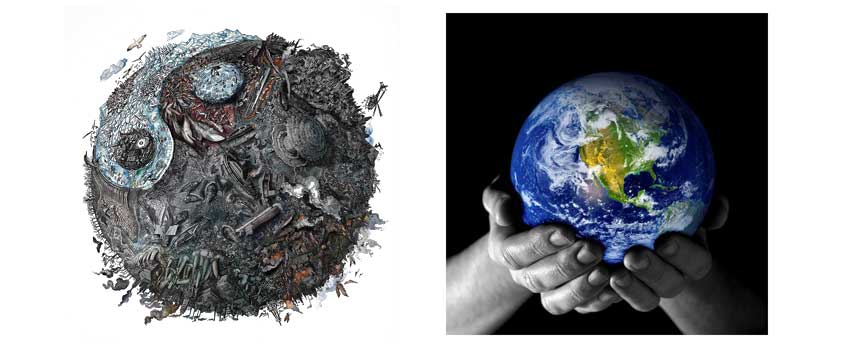
With the stakes high, the fate of the universe resting in the balance, seeking to explain the Hero’s Journey as idea, and how my personal Hero’s Journey has unfolded until now, is the next step of my transformation towards seeking to embody Ghandi’s maxim “Be the change you wish to see in the world.”
I hope you’ll stay awhile and listen, as we take the Hero’s Journey, a symbolic and literal magic carpet ride, into the metaphorical meaning of myths, as we understand our personal stories.
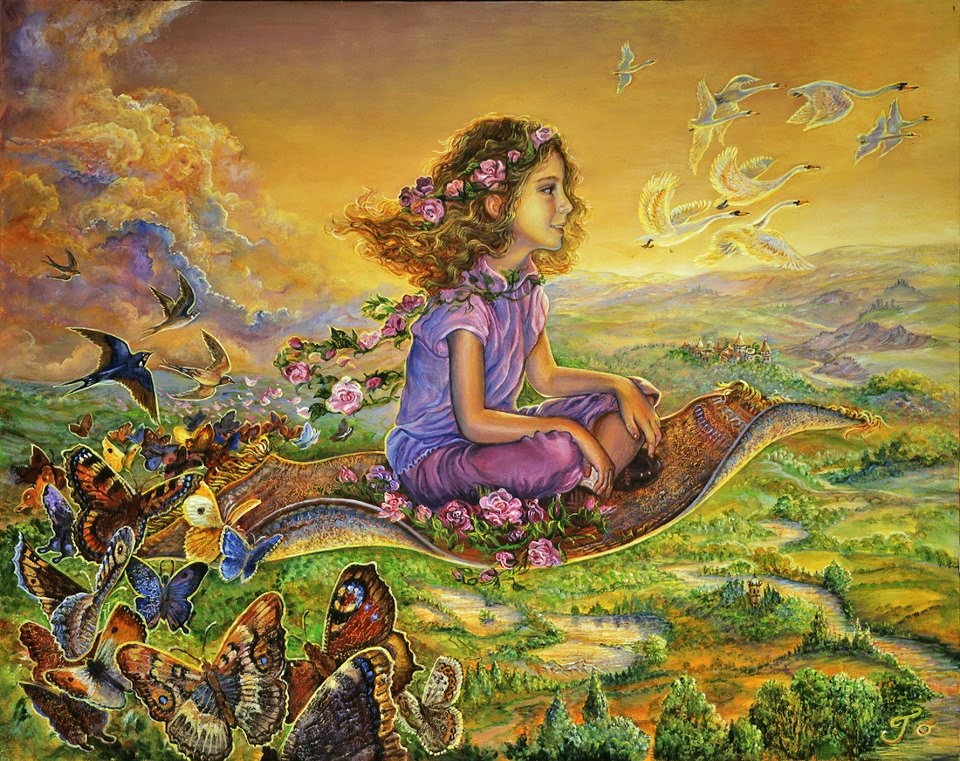
References:
Campbell, J. (2008). The hero with a thousand faces. Novato, CA: New World Publications.
Castaneda, C. (1970). The fire from within. Washington Square Press.
Kalsched, D. (2013). Trauma and the soul: A psychospiritual approach to human development and its interruption. New York: Routledge.
Kopacz, D. (2015). The hero’s journey. Self-published.
The Holy Bible: New King James version. (1982). The Gideons International.
Learn more about The Hero's Journey by reading our full guide
Andrew Haacke is a lifelong spiritual seeker who researches and writes about the Hero's Journey, symbolism, mythology, and psychedelics. He studied anthropology at the University of Utah and social work and public administration at the University of Southern California.
Join the Discussion
Want to discuss more about this topic and much more? Join our discussion group online and start exploring your consciousness with others like yourself.

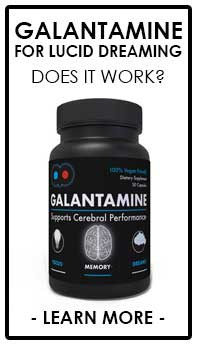
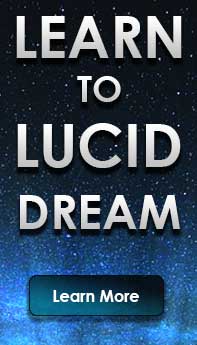
Thank you for reminding me of the wonder and power in the writings of Campbell and Castenada, both of whom were so important to me many years ago. I seem to have forgotten, as if waking from a “big” dream that tantalizes, but slips away in the mist. Also Dante, Jung…synchronicity? I eagerly anticipate your future posts. Thank you!
Rob,
I enjoyed reading your thoughtful response. Your imagery of forgetting, and then waking from a dream, reminds me of the story of Dante beginning his Hero’s Journey lost in the forest. Rip van Winkle’s story is about this too, and was asleep for 20 years before awaking again to restart his Hero’s Journey. I hope to write more about Jung and synchronicity too.
Thank you and take care,
Andrew
Great post. The timelessness of the Hero’s Journey never ceases to amaze me.
Thank you Kristian! It’s an amazing Story
Thanks for the feedback. There are more of this series to come so stay tuned in.